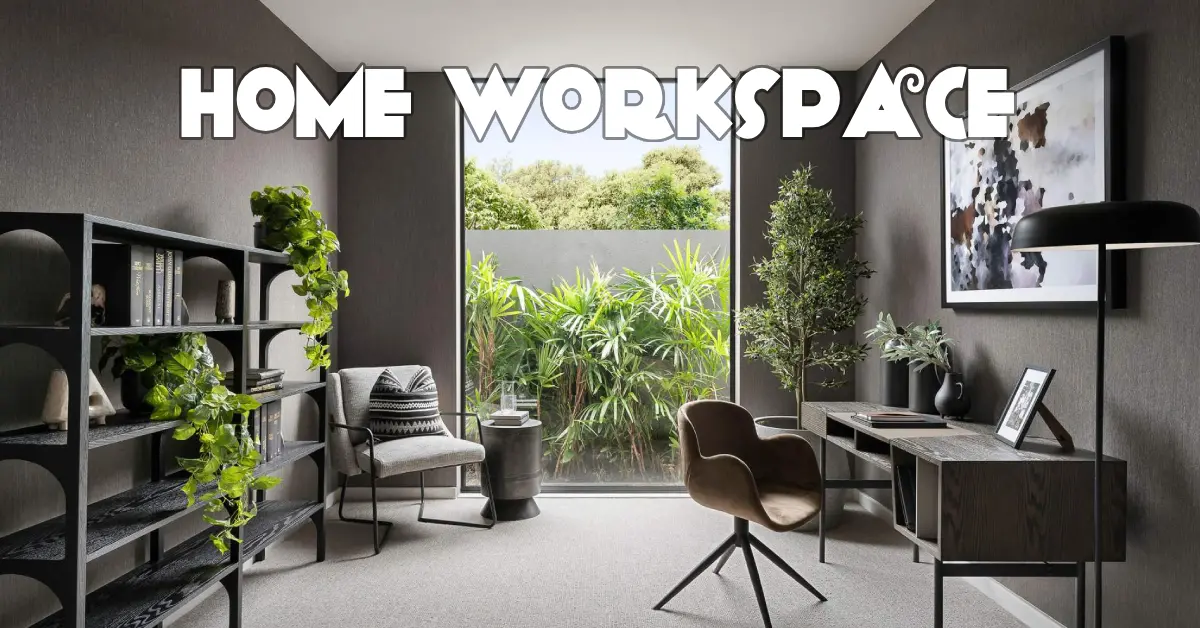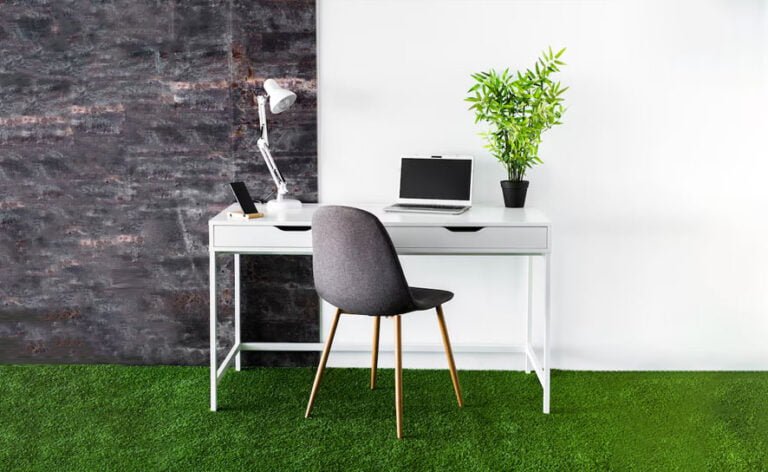With remote and hybrid work arrangements becoming more prevalent, expanding or adapting living spaces to accommodate home offices grows in importance for professionals and entrepreneurs alike. Whether converting guest rooms or basement corners into productivity hubs, strategic planning allows for creating a well-appointed, functional workspace reflecting individual needs and preferences.
Assessing Needs and Goals
When launching any design project, clearly identifying goals and practical requirements for a productive home office comes first. Honestly assess typical working hours, storage needs, digital connectivity loads, and ambient sound volumes, anticipating the intended uses of the home office. Will extended video calls necessitate acoustic upgrades? Does a larger personal library mean budgeting for bookshelves? Ensuring all necessary elements integrate into the available footprint results in a workspace optimized for success.
Room Selection and Layout Planning
Carefully consider room dimensions, window placement, doorway openings, and architectural elements when selecting home office locations. While smaller spaces still accommodate efficiency through thoughtful furniture selection and storage solutions, a sufficient area allowing flexible desk and seating placement prevents claustrophobia during extended occupancy.
Test proposed desk positioning for adequate clearance around work zones and pathways, navigating inside the room and beyond doorway thresholds. Overhead lighting, electrical outlet placement, and network connectivity ports guide optimal desk siting in a productive home office. Whenever possible, situate desks facing walls without windows, eliminating glare on computer monitors.
Investing in Ergonomic Furnishings
Supportive task seating proves essential for maintaining long-term health, comfort, and productivity when computers remain central work tools. Adjustable chairs enabling proper spinal alignment, arm positioning, and lumbar support deserve priority budget allocation.
Additionally, lift-adjustable or fixed-height standing desks invite regularly changing work postures, decreasing static strain. Supplement core furnishings with monitor risers, wrist cushions, ergonomic mice, and keyboard trays suiting personal sizing, ensuring the workspace supports injury-free functionality.
Ambient Environment Controls
Beyond physical gear enhancements directly supporting computer usage, craft a total office ambiance that optimizes worker engagement by incorporating:
- Tunable Lighting – Install dimmable overhead fixtures plus task lighting at workstations, balancing illumination.
- Sound Dampening Elements – Add sound-absorbing panels or hangs to tame echo and prevent distractions. White noise machines further temper transmissions.
- Air Quality Controls – Humidifiers, indoor plants, and air purifiers all contribute to a healthy indoor atmosphere and clearer thinking.
- Comfort Features – Space heaters, fans, mini-fridges stocked with refreshments, and blanket storage promote decompressing.
Creative Storage Solutions
Even modest home offices benefit from conversions that maximize every bit of available storage real estate.
Built-in cabinetry and shelving provide homes for books, supplies, and collections while freeing valuable floor space. Surface-mounted rail systems offer customizable organization for folders, supplies, and gadgets in a perfect home office setup. For disguising surplus equipment or paperwork, storage ottomans and rolling file carts easily tuck beneath existing pieces, blending streamlined aesthetics with expansive capacity in a small home office.
Multi-Functional Furniture
Choosing furnishings that pull double or triple-duty economizes square footage in tighter home office layouts, making for a perfect home office. Look to stacking organizers offering open and concealed storage, rolling carts with tiered surfaces, nesting side tables, and stools sliding beneath built-ins when not in use.
Dining tables or upholstered benches do overtime supporting spread out projects and then providing extra seating for meetings in a small home office. Concealed drop-down work surfaces transform blank walls into impromptu standing desk spaces or beverage bars. Every item earning its keep in small spaces counts towards creating an efficient home office setup.
Personalization With Purpose
While often relegated to pure utility, home offices should equally provide a personalized sanctuary supporting individual success measures. When planning aesthetics for a perfect home office, consider how elements like natural light and an office chair can enhance the space.
- Wall Art + Photos – Inspires creativity and motivation, commemorating meaningful milestones
- Memorabilia Displays – Showcase accomplishments fueling future goals and passions
- Living Accents – Plants and flowers benefit mood while improving indoor air
- Library Collections – Reference resources, favorite books, and albums enliven creative spaces in a productive home office.
Surrounding oneself in furniture, artwork, and accents holding personal resonance powerfully reinforces purpose when immersed for hours filled with mental work.

Budget-Conscious Upgrade Hacks
For economically furnishing home offices without sacrificing style, scout secondhand mid-century furnishings offering vintage appeal at thrift store savings. Refresh dated but structurally sound bookcases or cabinets with paint accents and updated hardware for unique custom built-ins. Upcycled filing cabinets resurrected as seating, skirted in cushioning channel industrial edge at a modest investment.
Repurposed materials like reclaimed barn board or leftover marble offcut tile shapes applied in creative ways convey enviable high-end designer detail with virtually no further expenditures beyond adhesive and labor. For elevating aesthetics on strict budgets, embrace resourceful decor decisions.
Technology and Connectivity Considerations
Today’s home offices rely upon robust internet connectivity and ample charging capacity for powering high-performance desktops, phones, tablets, and devices. Ensure home networks provide reliable high-speed WiFi and secure remote VPN access to any critical platforms.
Pre-wire additional Ethernet ports connecting workstations directly to primary routers or mesh satellite nodes if dependable connectivity proves problematic. Dedicate 20-amp electrical circuits exclusively for home office use, mitigating tripped breakers under heavy tech load in your home office setup. Power protection supporting surge handling, voltage regulation, and battery backups prevents work disruptions.
Maintaining Mind-Body Wellness
Adjustable active workstations, ergonomic supports, and glare reduction only partially address longer-term workspace wellness needs. Ensure home offices equally prioritize mental health by:
- Scheduling consistent work hours and then clocking out
- Building in mandatory screen break intervals
- Designating separate non-work zones for meals, exercise, and leisure
- Keeping stress relief items like fidgets within reach
- Playing relaxing audio and displaying uplifting images/quotes
Balancing diligent work with consistent self-care rhythms directly sustains productivity while working from home.
When crafted with intentionality, melding smart spatial planning, supportive furnishings, personalized decor, and everyday wellness strategies, dedicated home offices unlock career success, however the work week unfolds.

